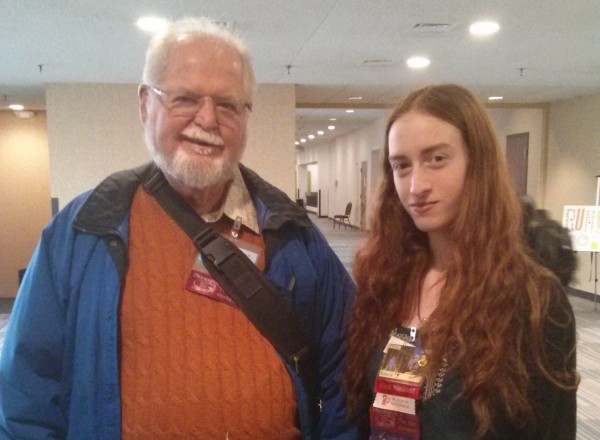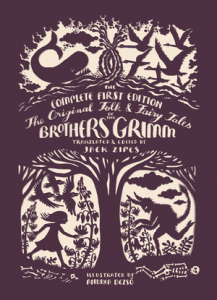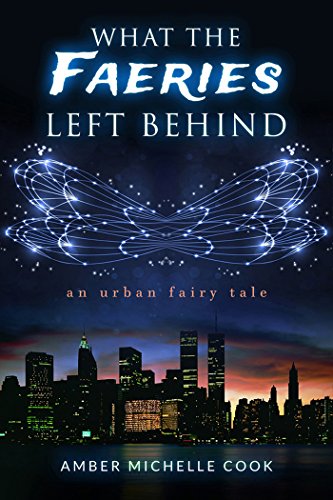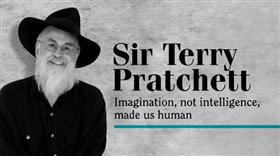
Review: The Original Folk & Fairy Tales of the Brothers Grimm: The Complete First Edition, by The Brothers Grimm & Jack Zipes
When Jacob and Wilhelm Grimm published their Children’s and Household Tales in 1812, followed by a second volume in 1815, they had no idea that such stories as “Rapunzel”, “Hansel and Gretel”, and “Cinderella” would become the most celebrated in the world. Yet few people today are familiar with the majority of the tales from the two early volumes, since in the next four decades the Grimms would publish six other editions, each extensively revised in content and style. For the very first time, The Original Folk and Fairy Tales of the Brothers Grimm makes available all 156 stories from the 1812 and 1815 editions. These narrative gems, newly translated and brought together in one beautiful book, are accompanied by sumptuous illustrations from award-winning artist Andrea Dezsö.
From “The Frog King” to “The Golden Key,” wondrous worlds unfold – heroes and heroines are rewarded, weaker animals triumph over the strong, and simple bumpkins prove themselves not so simple after all. Esteemed fairy tale scholar Jack Zipes offers accessible translations that retain the spare description and engaging storytelling style of the originals. Indeed, this is what makes the tales from the 1812 and 1815 editions unique – they reflect diverse voices, rooted in oral traditions, that are absent from the Grimms’ later, more embellished collections of tales. Zipes’s introduction gives important historical context, and the book includes the Grimms’ prefaces and notes.
A delight to read, The Original Folk and Fairy Tales of the Brothers Grimm presents these peerless stories to a whole new generation of readers.
You might think this book is designed for fairy young children, but I’ll tale you, it’s got some Grimm stories in it.
First, a bit of backstory. History has seen a lot of changes in what is viewed as acceptable for children; once believed to be essentially miniature adults, kids were often exposed to the same tales adults were. As time marched on, kids were increasingly sheltered from the harsh realities of life, with people preferring to wait until children were older until introducing them to sex, violence, and death. Perhaps no medium shows this better than fairy tales and their adaptations. Early Disney films, like Snow White, Cinderella, and Bambi, for all their light-hearted whimsy, were often quite dark. Later movies toned this down; throughout the late ’80s and early ’90s, Disney’s fairy tales became more light-hearted, with fewer darker elements. Newer movies have started to swing away from this trend, but ultimately are still viewed as movies for children first, with parental bonuses being inserted afterwards. Going in the other direction, a large sub-genre in fantasy is the fairy tale for adults: retellings of classic fairy tales intended for mature audiences, with in-depth plots, sex and violence, updated roles for female characters and subversions of classic and expected tropes. These often contain shout-outs to classic fairy tales and introduce themes that aren’t very child-friendly.
Jacob and Wilhelm Grimm didn’t see fairy tales as being simply for children – they were part of a nation’s heritage and an important literary treasure. For this reason, they made it their job to collect fairy tales from all over Germany and published them in two editions, one in 1812 and the other in 1815. The stories were presented exactly as they were received – the Grimms believed the language used in telling a story was just as important as the story itself. After these two volumes, the books were re-issued, with each new publication toning down some darker stories, deleting a few nasty ones, adding in some they had missed. The Original Folk and Fairy Tales of the Brothers Grimm is the first time the original editions have been published since 1815.
The stories in this book are, in a word, mature – sex, violence, death, and punishment grace the pages of every tale. There’s an equal number of evil mothers as there are evil step-mothers, and a good number of evil mothers-in-law. All the stories are variations of basic themes, reusing plot elements and set ups with only the details changed – common in oral stories that change with time. One or two stories are out-right slaughter-fests, with people killing each other being the entire point of the stories. The stories aren’t plotically correct by any means – Jews are obviously evil, beauty equals goodness, and morally corrupt people are ugly or black-skinned – but the shock this gives the reader is part of the delight of reading of the stories. Nevertheless, the stories are immensely relatable, speaking through the ages to give universal morals and relate eternal themes. The editor’s introduction provides a history of the Grimm’s life and work, and the Grimm brothers’ own introductions gives historical context to the stories and the attitude they had when setting out to collect the stories.
Immensely enjoyable and always relatable, The Original Folk and Fairy Tales of the Brothers Grimm has a place on every bookshelf.
Overall rating: 5/5





